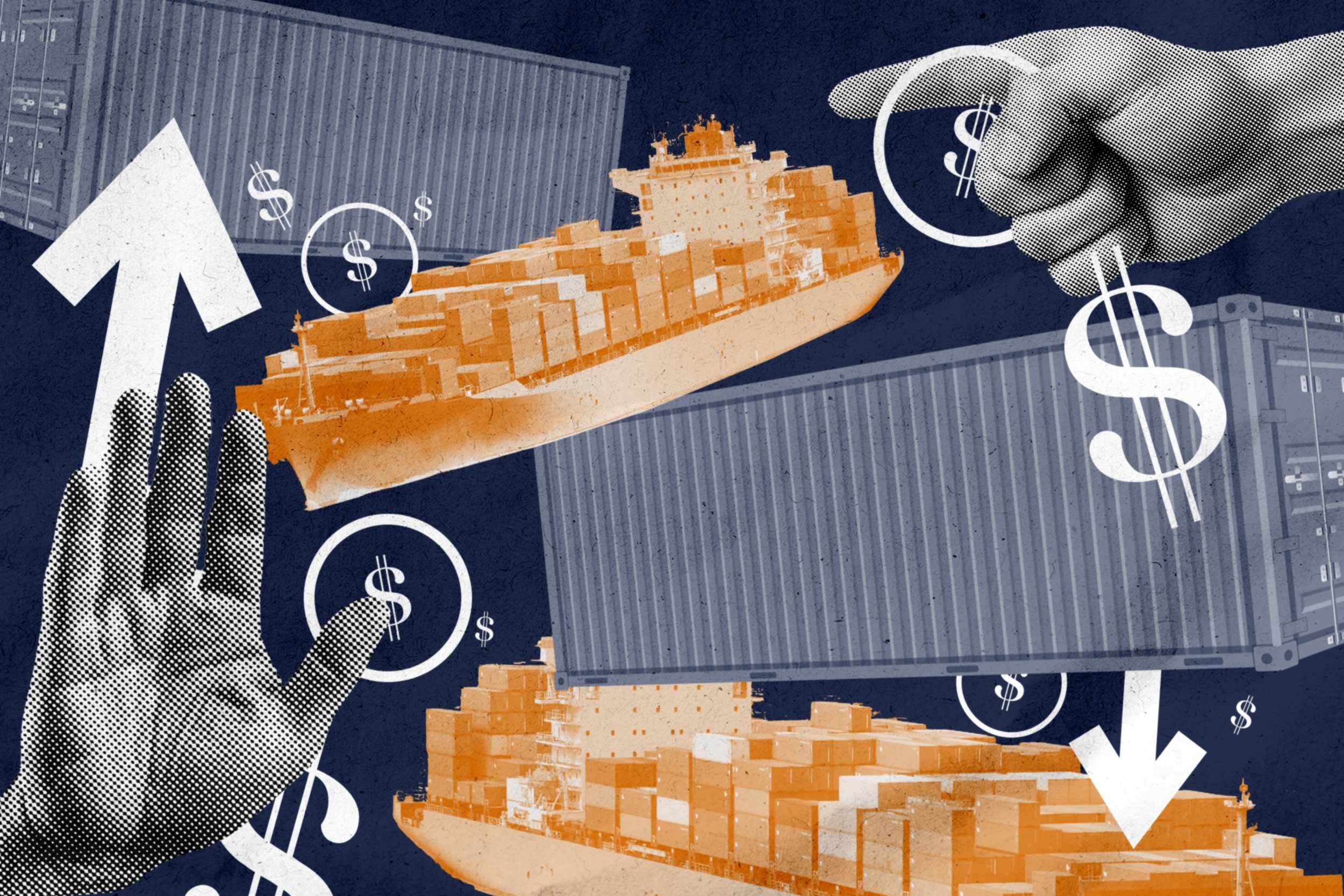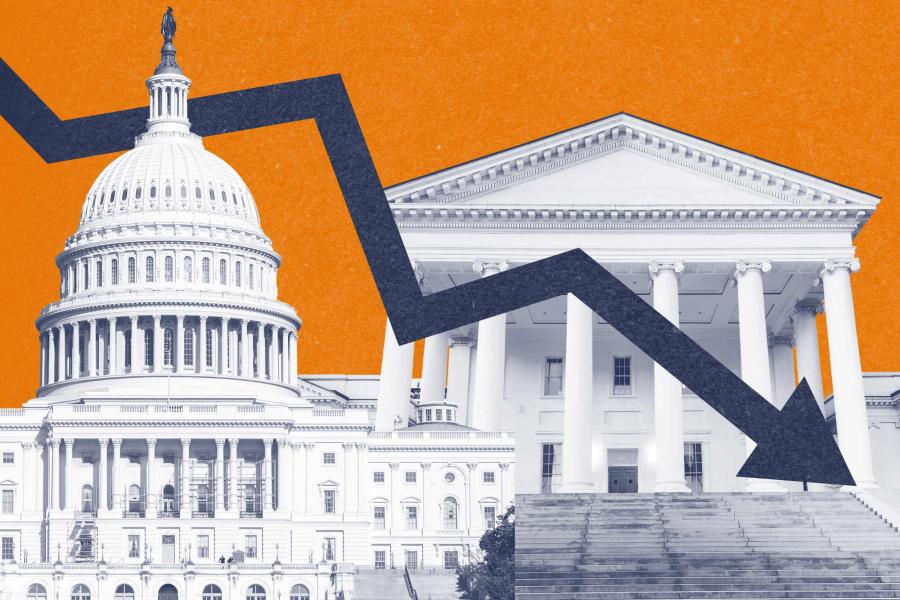President Donald Trump rolled out the steepest tariffs in a century last week, aiming to pressure other nations to lower trade barriers and create a more level playing field for U.S. exports – a significant change in U.S. trade policy that sent shockwaves across global markets.
While Trump believes the tariffs will encourage companies to boost domestic manufacturing to avoid added costs, many economists say businesses will pass those costs down the supply chain, leading to higher prices for American consumers. Meanwhile, other nations imposed their own retaliatory tariffs on American-made goods, potentially harming U.S. exports.
To better understand how the tariffs and a possible trade war could affect Americans’ pocketbooks, we called upon trade expert Peter Debaere, the Tipton Snavely Professor of Business Administration at the University of Virginia’s Darden School of Business.

Peter Debaere is the Tipton Snavely Professor of Business Administration at the Darden School and an international economist, focusing on international trade, multinational corporations and trade policy. (Contributed photo)
Debaere is an international economist, focusing on international trade, multinational corporations and trade policy.
Q. How will a global trade war affect the average American consumer?
A. Under the first Trump administration, we had the first trade war with China. Now, we potentially face a much wider conflict with all trading partners. We are imposing an across-the-board minimum additional tariff of 10% for some countries, and a much higher additional tariff for others, including 20% for the European Union and 34% for China. To be clear, those “reciprocal tariffs” are much higher than the ones the U.S. typically faces in advanced economies (5% or less) and emerging markets.
If all those tariffs remain in place, I don’t expect an immediate price hike across the board. A lot of trade is in intermediate products used in production. In some instances, inventories exist, and sellers may temporarily cut their margins.
With perishables, such as food, that directly go to consumers and branding does not play much of a role, I expect quicker price increases.
Let’s also not forget that the United States is a relatively large country, and imports don’t constitute a very high fraction of gross domestic product, around 15%.
Q. Which industries and products are most vulnerable to the newly implemented tariffs?
A. Manufacturing and agriculture dominate international trade and are most vulnerable. The service sector, more than 70% of our economy, is less exposed. Of course, when a service sector like health care uses imported goods, tariffs matter.
At this point, there is a lot of uncertainty. Are these tariffs going to persist? Are they just a bargaining chip? It is difficult to predict the precise impact on prices and employment. However, uncertain consumers and investors hold back, which slows down GDP and employment growth.
Q. What are the broader implications of this trade war on the U.S. and global economies?
A. Companies make investment and spending decisions based on prevailing tariffs and rules. The Trump administration upends the prevailing rules-based trading systems created since WW II in which tariffs were like contracts. To the extent that people and companies in the United States and abroad start interpreting the behavior of the Trump administration as a sign that it does not worry about contracts and prior commitments and is willing to change rules whenever it sees fit, these tariffs could have far-reaching consequences.
Maybe the best lobbyists will get reduced tariffs, or maybe those most closely aligned with Republican states or those who can deliver personal favors. Tariffs, and how they are implemented, could lead to institutional corruption, which would be detrimental to long-term prosperity.
Institutional credibility is quickly lost, but hard to earn.
Q. What can we learn from history?
A. Change is difficult, and it is often easiest to blame others or outsiders. There is no question that manufacturing’s relative share of the economy has been decreasing for quite some time and that more international trade with China has had negative impacts on blue-collar workers.
There are, however, many reasons why working people have not been doing all that well and why our society is so unequal, and not all of those are due to globalization. There is automation and technological change. There is unequal access to education or a safety net. There is the unwillingness to redistribute some of the gains from trade, the loss of unions’ bargaining power and tax dodging by, for example, multinationals and well-off individuals.
I fear that higher tariffs will not solve these deeper challenges and magically bring back manufacturing jobs.
Q. What’s the worst-case scenario? The most optimistic?
A. When I see how the tariffs are rolled out and the rationales that are offered, I worry about the competence of the administration. Economists typically don’t think tariffs are very effective in decreasing a country’s overall trade deficit, and they are certainly puzzled by the improvised nature of the tariff calculations that focus on goods trade imbalances, ignoring services trade (for which the U.S. has a surplus), providing, for no good reason, a 50 % discount, and not tariffing oil.










